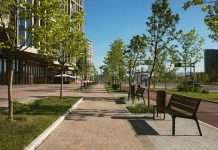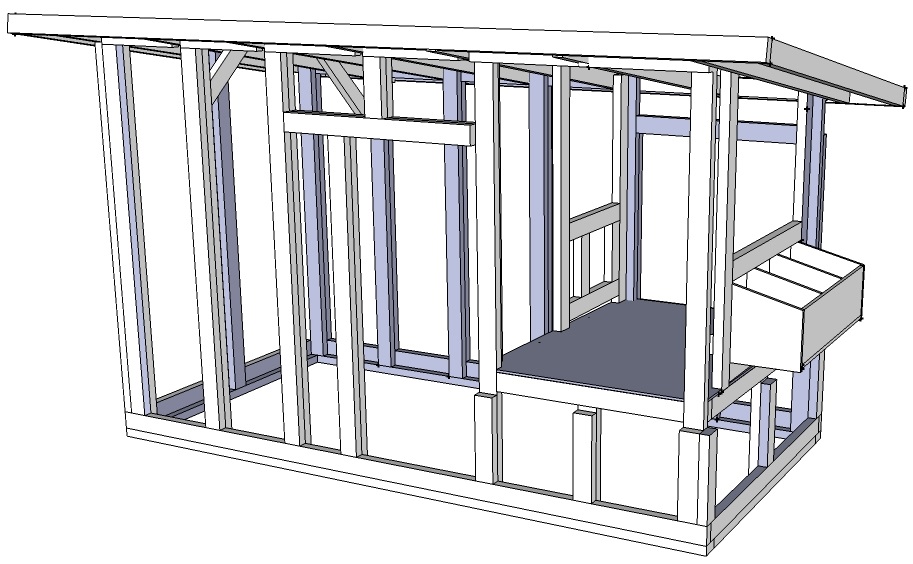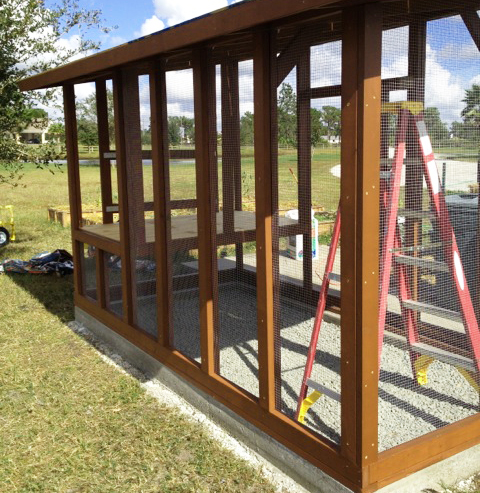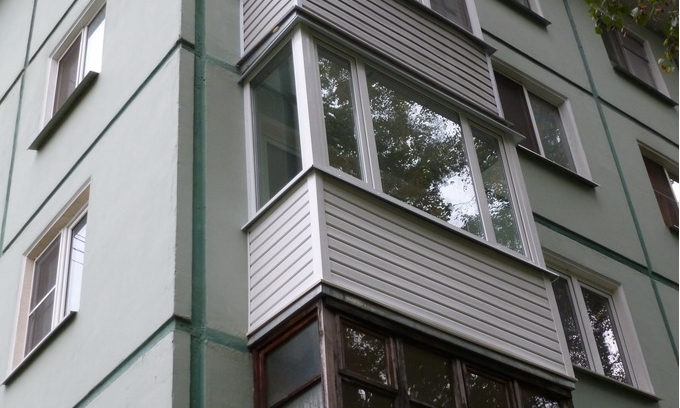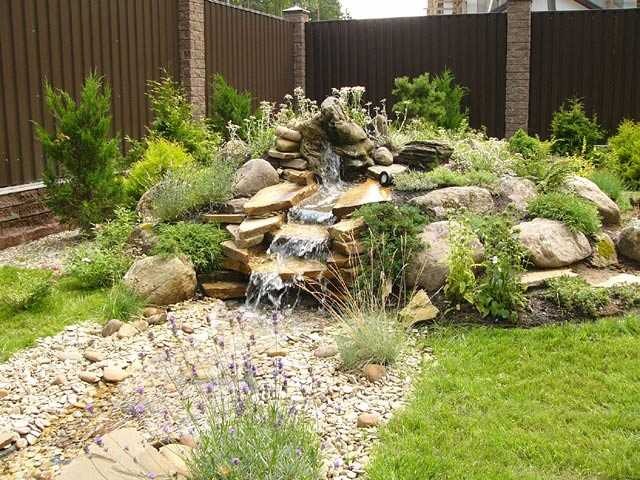Содержание
Home Additions in Seattle: The Complete Guide to Expanding Your Living Space
Seattle’s booming real estate market and limited housing inventory have made home additions an increasingly popular solution for homeowners seeking more space without relocating. Whether you’re accommodating a growing family, creating a home office, or adding rental income through an ADU, strategic home additions can transform your living experience while significantly increasing your property value.
The Pacific Northwest’s unique architectural styles, climate considerations, and local building regulations create specific opportunities and challenges for home addition projects. Understanding these factors is crucial for successful expansion that enhances both functionality and aesthetic appeal.

Why Seattle Homeowners Choose Home Additions
Market Dynamics Driving Addition Projects
Seattle’s competitive housing market has created compelling reasons for homeowners to expand existing properties:
- Limited inventory makes finding larger homes increasingly difficult and expensive
- Neighborhood attachment keeps families rooted in communities they love
- Investment potential through additions often exceeds costs of moving
- Customization opportunities allow homeowners to create exactly what they need
Lifestyle Evolution and Space Needs
Modern life in Seattle has evolved to require more versatile living spaces:
- Remote work demands dedicated home office areas
- Multi-generational living requires separate but connected spaces
- Entertainment preferences call for open-concept designs and outdoor integration
- Storage needs increase with Pacific Northwest outdoor recreational equipment
Popular Types of Home Additions in Seattle
Accessory Dwelling Units (ADUs)
Seattle’s progressive ADU regulations make these additions particularly attractive:
Attached ADUs: Connected to the main house but with separate entrances, perfect for in-law suites or rental income.
Detached ADUs: Standalone structures offering maximum privacy and flexibility, often called «mother-in-law apartments» or «granny flats.»
Basement ADUs: Converting existing basement space into separate living units, popular in homes with daylight basements.
Garage Conversion ADUs: Transforming existing garages into livable spaces, common in urban Seattle neighborhoods.
Kitchen and Dining Extensions
Seattle’s food culture and entertaining lifestyle drive demand for expanded kitchen spaces:
- Bump-out additions extending kitchens 6-12 feet for additional counter and storage space
- Great room concepts combining kitchen, dining, and living areas
- Outdoor kitchen integration with covered patios and deck connections
- Pantry and storage additions accommodating bulk shopping and meal preparation
Master Suite Additions
Privacy and luxury motivate master bedroom expansion projects:
- Second-story additions maximizing lot usage while adding substantial square footage
- Main-floor extensions for aging-in-place considerations
- Walk-in closets and en-suite bathroom combinations
- Private deck or balcony integration taking advantage of Seattle’s views
Family Room and Living Space Extensions
Growing families require additional gathering spaces:
- Great room additions creating open-concept entertainment areas
- Sunroom additions maximizing natural light during Seattle’s shorter winter days
- Home theater rooms for year-round entertainment
- Playroom additions separating children’s activities from adult spaces
Professional Home additions Planning and Design
Initial Assessment and Feasibility
Professional home addition planning begins with comprehensive property evaluation:
Structural Analysis: Engineering assessment of existing foundation, framing, and load-bearing capacity to support additional construction.
Site Evaluation: Property boundary surveys, setback requirements, and utility access considerations specific to Seattle neighborhoods.
Zoning Compliance: Understanding current zoning designations and how they affect addition size, height, and placement options.
Utility Capacity: Evaluating existing electrical, plumbing, and HVAC systems’ ability to support expanded living space.
Design Integration Strategies
Successful additions seamlessly blend with existing architecture while enhancing overall home functionality:
Architectural Harmony: Matching rooflines, materials, and design elements to create cohesive appearance.
Flow Optimization: Ensuring smooth traffic patterns between existing and new spaces.
Natural Light Maximization: Strategic window and skylight placement considering Seattle’s climate patterns.
Indoor-Outdoor Connection: Incorporating covered outdoor spaces and landscape integration.
Seattle-Specific Considerations for Home Additions
Climate and Environmental Factors
The Pacific Northwest’s unique climate requires specialized building approaches:
Moisture Management: Proper vapor barriers, drainage systems, and ventilation to prevent mold and rot in Seattle’s humid climate.
Seismic Considerations: Foundation and framing techniques accounting for earthquake risks in the Pacific Northwest.
Energy Efficiency: Insulation and window specifications optimized for Seattle’s moderate temperatures and frequent cloud cover.
Sustainable Materials: Locally sourced timber, recycled materials, and environmentally responsible construction practices.
Regulatory Environment
Seattle’s building regulations create specific requirements for addition projects:
Design Review Process: Required for additions in certain neighborhoods, particularly those with historic designations or specific design guidelines.
SEPA (State Environmental Policy Act): Environmental impact assessments for larger addition projects.
Tree Ordinances: Protection requirements for existing mature trees that may affect addition placement and design.
Stormwater Management: Seattle’s requirements for managing runoff from new impervious surfaces.
The Home Addition Construction Process
Pre-Construction Phase
Permit Application: Seattle’s Department of Construction and Inspections requires detailed plans and engineering calculations for most addition projects.
Utility Coordination: Coordinating with Seattle Public Utilities for water, sewer, and electrical service modifications.
Neighbor Notification: Required notifications for projects that may affect adjacent properties.
Construction Timeline Planning: Coordinating with Seattle’s seasonal weather patterns and inspection schedules.
Construction Management
Foundation Work: Excavation and concrete work considering Seattle’s soil conditions and drainage requirements.
Structural Framing: Integration with existing framing systems using appropriate earthquake-resistant techniques.
Weatherization: Protecting existing living spaces during construction, particularly important during Seattle’s rainy season.
Quality Control: Regular inspections ensuring compliance with Seattle building codes and energy efficiency standards.
Integration Challenges and Solutions
Roofline Integration: Creating seamless connections between existing and new roof systems while maintaining proper drainage.
HVAC Extension: Expanding heating and cooling systems to serve additional space efficiently.
Electrical System Upgrades: Often requiring panel upgrades to accommodate increased electrical loads.
Plumbing Connections: Integrating new plumbing systems with existing infrastructure.
Cost Factors and Investment Returns
Budget Planning Considerations
Home addition costs in Seattle vary significantly based on multiple factors:
Size and Complexity: Simple bump-outs may cost $200-400 per square foot, while full second-story additions can range from $300-600 per square foot.
Site Conditions: Sloped lots, limited access, and utility complications can increase costs by 15-30%.
Material Selection: Pacific Northwest timber, energy-efficient windows, and sustainable materials affect pricing.
Permit and Inspection Fees: Seattle’s permit costs can range from $1,000-10,000+ depending on project scope.
Return on Investment Analysis
Market Value Increase: Well-designed additions typically return 60-80% of investment in increased home value.
Rental Income Potential: ADUs in Seattle generate $1,500-3,000+ monthly rental income depending on size and location.
Energy Efficiency Savings: Modern additions with superior insulation and efficient systems reduce long-term utility costs.
Quality of Life Benefits: Intangible returns from improved functionality and comfort.
Current Trends in Seattle Home Additions
Sustainable and Smart Home Integration
Modern addition projects incorporate advanced technologies:
Smart Home Systems: Integrated lighting, security, and climate control systems accessible via smartphone apps.
Solar Integration: Roof additions often include solar panel systems taking advantage of Seattle’s increasing sunny days.
Electric Vehicle Charging: Garage additions frequently include Level 2 charging stations.
Water Management: Rain gardens, permeable surfaces, and greywater systems.
Multi-Functional Space Design
Seattle homeowners increasingly prefer flexible spaces:
Convertible Rooms: Spaces that transition from home office to guest bedroom to exercise room.
Indoor-Outdoor Integration: Sliding walls and covered outdoor rooms extending living space.
Storage Solutions: Built-in storage maximizing small addition footprints.
Technology Integration: Pre-wired spaces for changing technology needs.
Universal Design Principles
Aging-in-place considerations influence addition design:
Accessibility Features: Ramps, wider doorways, and barrier-free bathrooms.
Main Floor Master Suites: Eliminating stairs for long-term livability.
Flexible Layouts: Spaces that adapt to changing mobility needs.
Safety Features: Improved lighting, non-slip surfaces, and grab bar preparations.
Choosing the Right Addition Contractor
Essential Qualifications
Licensing and Insurance: Washington State contractor’s license, general liability, and workers’ compensation coverage.
Seattle Experience: Familiarity with local building codes, permit processes, and climate considerations.
Design Capabilities: In-house design services or established relationships with local architects.
Project Management: Demonstrated ability to coordinate complex multi-phase construction projects.
Evaluation Criteria
Portfolio Review: Recent addition projects demonstrating quality workmanship and design integration.
Client References: Multiple references from projects completed within the last two years.
Timeline Reliability: Track record of meeting construction schedules despite Seattle weather challenges.
Communication Standards: Clear communication protocols and project update procedures.
Warranty Coverage: Comprehensive warranty on both materials and workmanship.
Financing Your Home Addition Project
Financing Options
Home Equity Lines of Credit (HELOC): Flexible financing allowing draws as construction progresses.
Cash-Out Refinancing: Leveraging increased home values for addition funding.
Construction Loans: Short-term financing converting to permanent financing upon completion.
Personal Loans: Unsecured financing for smaller addition projects.
Financial Planning Strategies
Contingency Budgets: Including 15-20% contingency funds for unexpected issues common in older Seattle homes.
Phased Construction: Breaking large projects into manageable phases to spread costs over time.
Tax Considerations: Understanding potential tax benefits from energy-efficient improvements and home office additions.
Insurance Updates: Adjusting homeowner’s coverage for increased home value and construction period protection.
Seasonal Considerations for Seattle Construction
Optimal Construction Timing
Spring and Summer: Ideal weather conditions for foundation work and exterior construction.
Fall Planning: Permit applications and design work during slower construction seasons.
Winter Preparations: Indoor work and planning phases during Seattle’s wet months.
Weather Protection: Temporary structures protecting work areas and existing living spaces.
Future-Proofing Your Addition Investment
Adaptability Planning
Technology Infrastructure: Pre-wiring for future technology upgrades and changing needs.
Space Flexibility: Designing rooms that adapt to changing family dynamics and lifestyle needs.
Energy Efficiency: Exceeding current standards to accommodate future efficiency requirements.
Accessibility Preparation: Rough-in work for potential future accessibility modifications.
Neighborhood Integration
Architectural Compatibility: Ensuring additions complement neighborhood character while adding value.
Landscaping Integration: Coordinating addition design with existing and planned landscape improvements.
Privacy Considerations: Balancing expansion goals with neighbor privacy and community harmony.
Conclusion
Home additions represent one of the most effective ways for Seattle homeowners to adapt their living spaces to evolving needs while building equity in their properties. The combination of Seattle’s strong real estate market, progressive building policies, and unique Pacific Northwest lifestyle creates exceptional opportunities for well-planned addition projects.
Success requires understanding local climate considerations, navigating Seattle’s regulatory environment, and working with experienced professionals who specialize in Pacific Northwest construction challenges. Whether you’re considering a simple bump-out to expand your kitchen or a comprehensive second-story addition, proper planning and professional execution ensure your investment enhances both your lifestyle and property value.
The key to successful home addition projects lies in balancing immediate needs with long-term flexibility, integrating sustainable practices with cost-effective construction, and creating spaces that honor both your home’s existing character and your family’s future aspirations. With Seattle’s continued growth and evolving housing needs, home additions will remain an increasingly valuable investment in both comfort and financial security.
https://www.unitedsignature.com/home-additions/ — Home additions constructor — Seattle area



